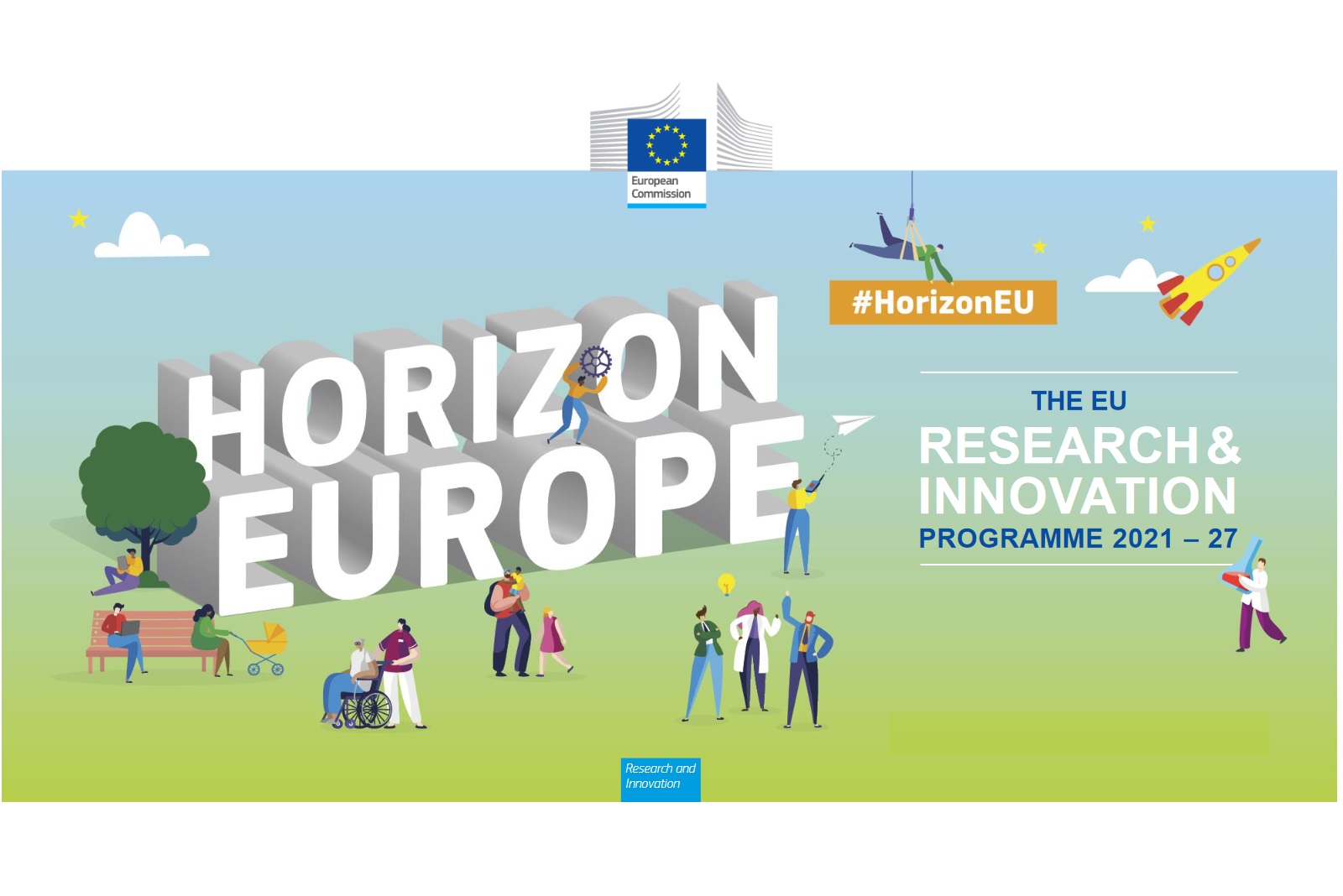
Advanced multimodal network and traffic management capabilities are essential for the efficient operation of the entire transport network and for seamless door-to-door mobility of both passengers and freight. This is even more pertinent in view of new mobility trends and technologies, connected and automated vehicles, new physical and digital infrastructures and innovative services. At the same time however, a number of challenges remain to develop validated concepts and leverage multi-actor data exchange, ensure interoperability of new technologies and develop interfaces across transport modes, as well as to design appropriate governance arrangements for relevant public and private stakeholders.
In this context, building on best practices (technological, non-technological and socio-economic), ongoing projects on multimodal network and traffic management, as well as other initiatives (e.g. the Digital Transport and Logistics Forum), actions should address at least six of the following aspects:
- Developing and carrying out validation for multimodal, dynamic, (cyber and physically) secure and resilient transport network and traffic management systems, leveraging state of the art technologies (e.g. artificial intelligence, high-performance computing, edge computing).
- Demonstrating effective collection, analysis and use of network-wide fixed and variable data (e.g. using ICT and EU satellite-based information from vehicles, physical infrastructures and users) and developing integrated data management and monitoring systems, for effective and intelligent multimodal network and traffic management.
- Developing new methods and tools for harmonised and comparable international monitoring of mobility demand, for passenger mobility and freight transport, including through survey data collection and big data processing, leveraging the opening of service providers’ databases to research and public authorities.
- Conducting simulations for system-wide optimisation of demand/capacity balancing for multimodal passenger and freight flows, against foreseen (e.g. traffic disruption due to an important city-wide event) and unforeseen scenarios (e.g. major network/traffic disruption as a result of a hazard manifestation or compromise in transport safety due to a health emergency), to enable real-time prediction and balancing of mobility behaviour, as well as early problem detection and resolution.
- Developing and testing network and traffic management visualisation and decision-making tools (e.g. using big data, artificial intelligence, machine learning), while taking into account regular mobility patterns (including soft modes) and user needs of citizens (including vulnerable road users and different gender groups) and businesses, as well as ad-hoc and flexible mobility-on-demand services, in the context of mobility/logistics as a service.
- Demonstrating interoperability and enhanced interfaces of network and traffic management systems across stakeholders, transport modes and country borders.
- Performing early pilot activities on multimodal network/traffic management, of limited scale and in defined environments, such as in the context of urban mobility of passengers and freight.
- Conceiving, developing and preparing the introduction of next-generation multimodal network and traffic management services, provided by public and/or private stakeholders and operationalised at a centralised and/or decentralised level.
- Develop and test implementable multi-level governance models, with roles and responsibilities for public and private stakeholders to share data and engage in transport network and traffic management functions, providing recommendations for further regulatory and policy actions.
In line with the Union’s strategy for international cooperation in research and innovation, international cooperation is encouraged.

